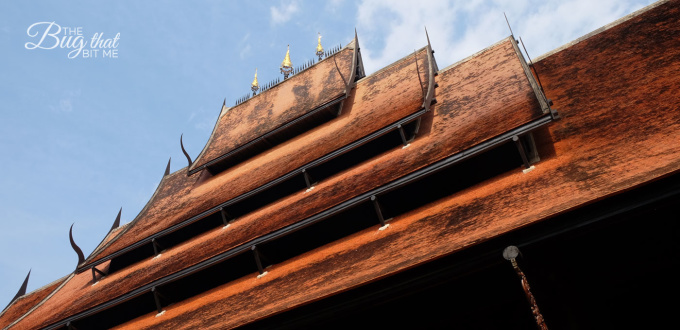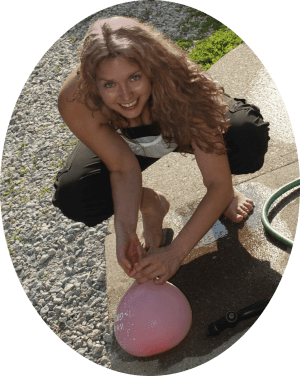Heading to Chiang Rai from Chiang Mai, not feeling well, and hoping for a bit of a break from the big city and tourists. Yeah, I know, I’m one of them. The irony isn’t lost on me. But I wanted a place to chill a bit, see some sights and hopefully return to Chiang Mai at the top of my game.
While Chiang Rai is by no means a small town, it was perfectly well-removed from Chiang Mai’s sprawling westerness and my time here did the trick. I left refreshed, healthier, and got to take in some interesting places along the way.
By far the most interesting thing I saw in Chiang Rai was Baan Dam, the Black House. In fact, it’s one of my favourite sites in all of Thailand. The unique/bizarre factor mixes perfectly with artistic creativity and aesthetic appeal. I loved it.
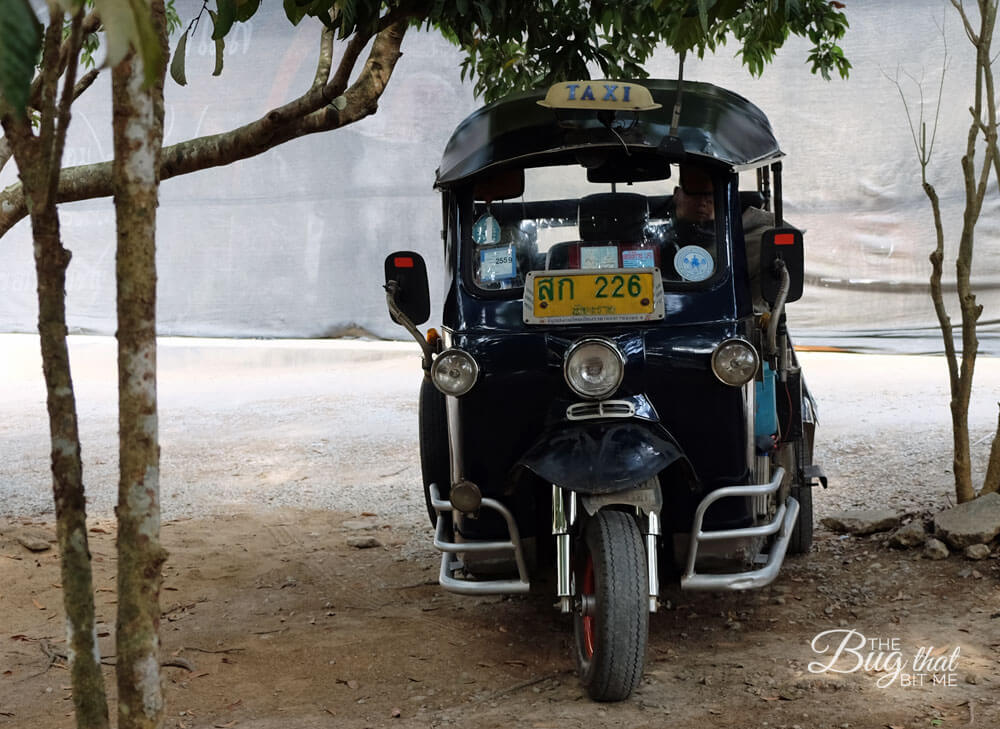
I hired a tuk-tuk for a day to take me to the White Temple and the Black House. He also threw in a tea plantation for fun, which other than a few shots of the countryside, was not of a whole lot of interest to me. I expect the busloads of Chinese tourists would disagree, however. I paid 400 baht after a bit of bargaining, which felt like a fair price to me. After all, the sites are on opposite sides of the city and the driver waited patiently, not hurrying me along in the slightest. It’s also possible to take the public bus or a songthaew for a whole lot less, but I wasn’t feeling those options.
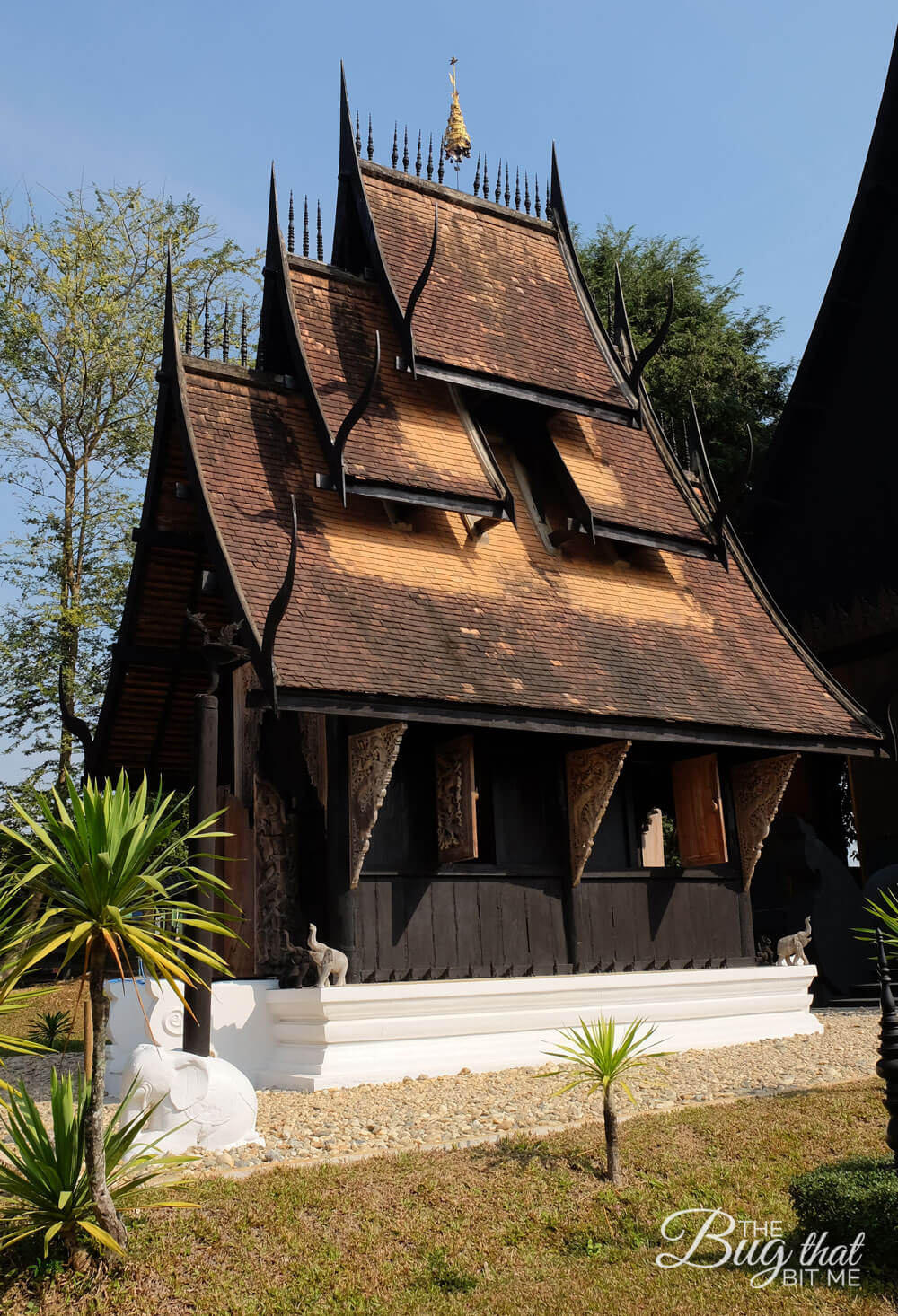
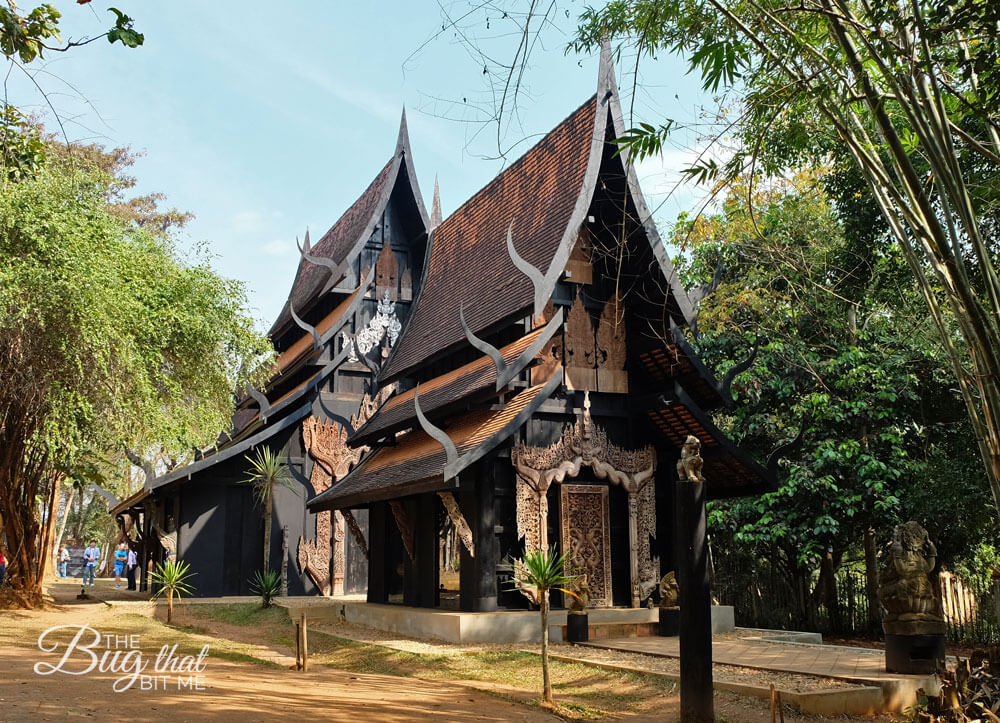
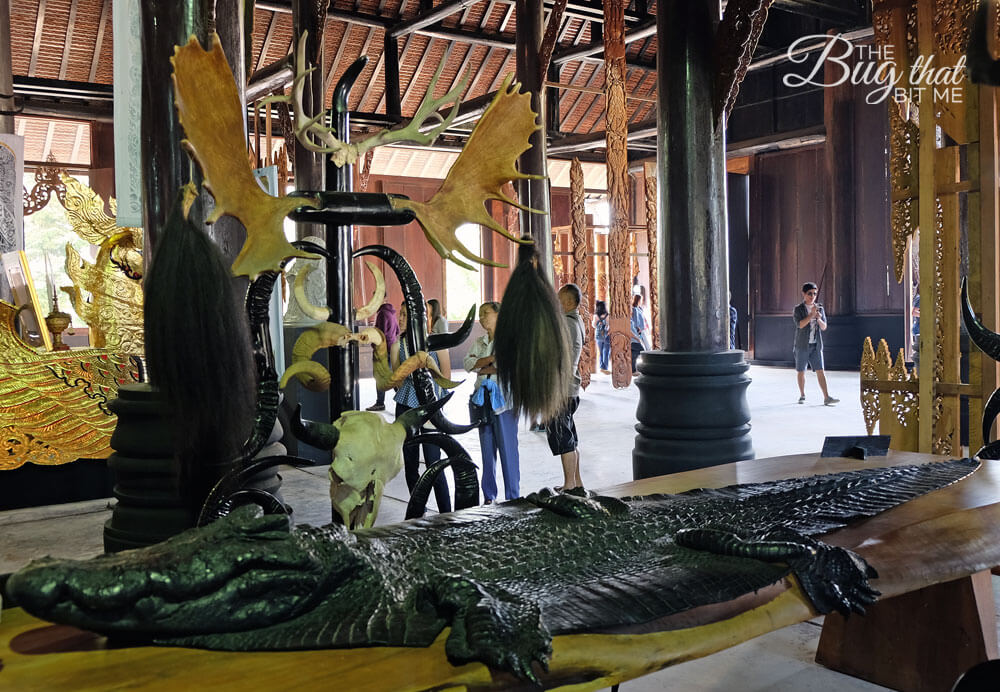
From what I had read, the Black House was out of the way, a bit obscure and not visited by the hordes you find in other tourist places, so when I got there, I was disappointed to find a busload of tourists blocking the front entrance as they posed for pictures. Once they moved further into the complex, however, I found myself alone and the place rather peaceful, if one can call structures filled with dead things such a thing.
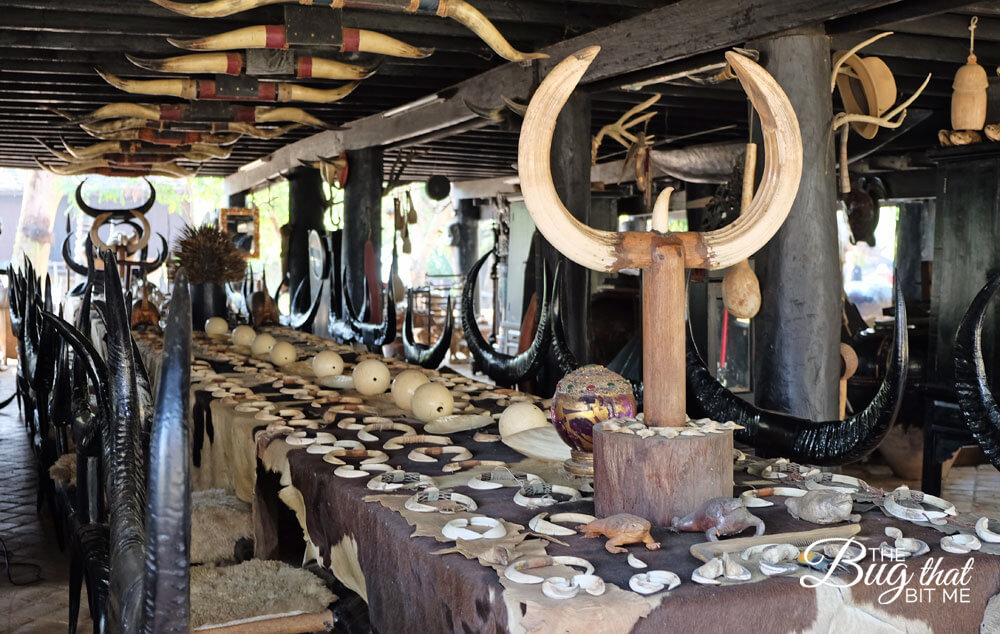
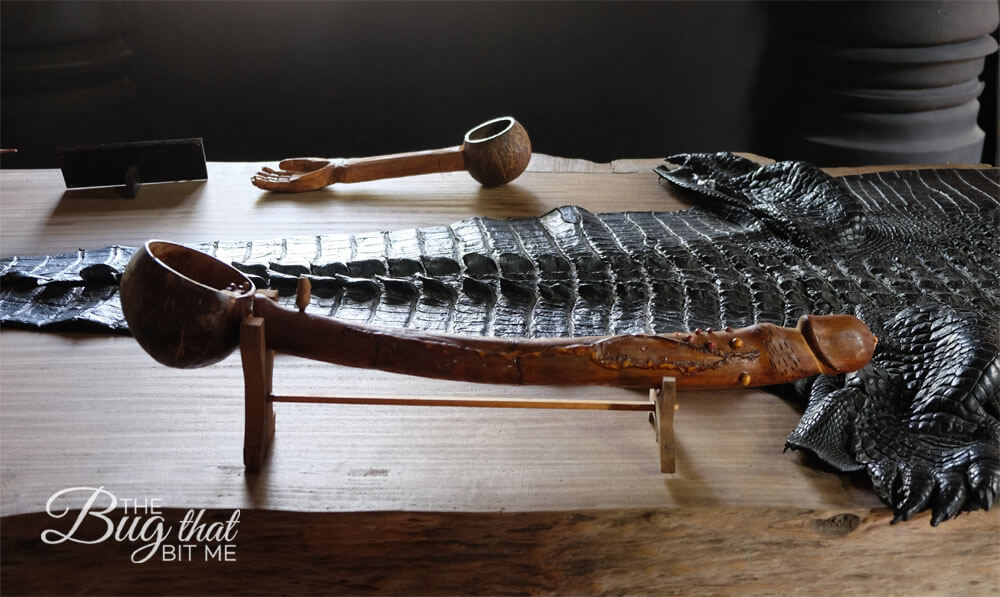
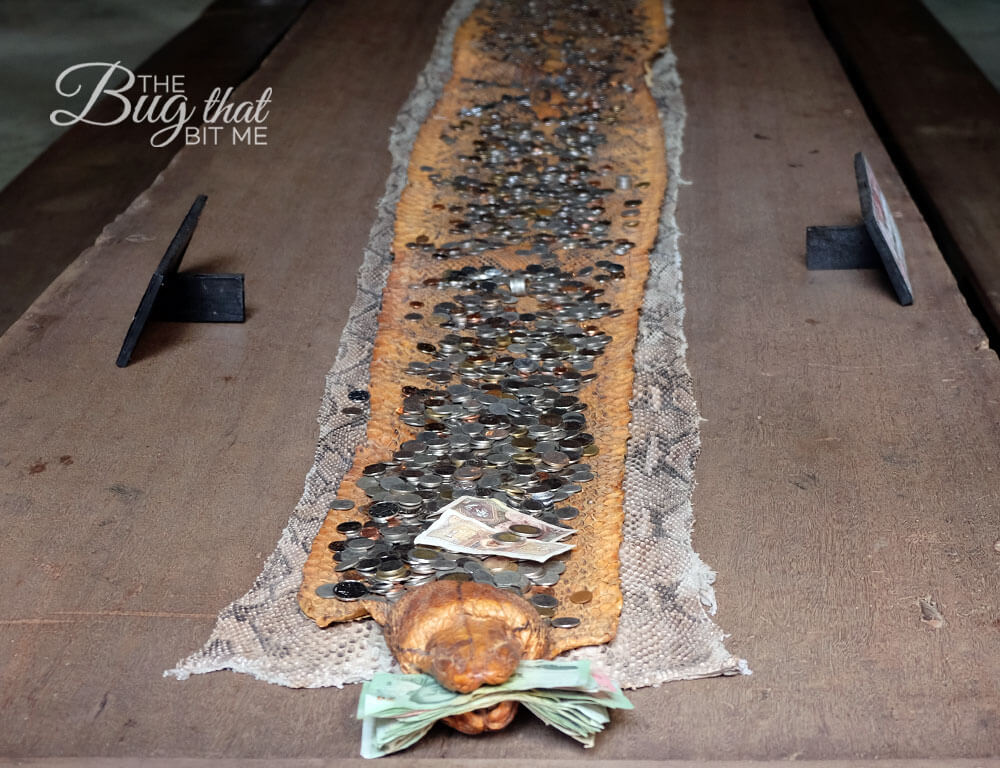
The artist, Thawan Duchanee, who passed away in 2014 at the age of 74, must have been an interesting man to know. His creations, while full of death and blackness, are fascinating. They are beautiful and creative and full of energy. His style is representative of the darkness of humanity and it’s fascinating, I suppose much as the dark side of mankind is. I could easily have spent the full day wandering the grounds, studying the displays, taking in every detail in a sea of details. The place is a photographer’s dream, even if for some, that dream is a nightmare. Everywhere you look there is something unseen, original, black, begging to be photographed.
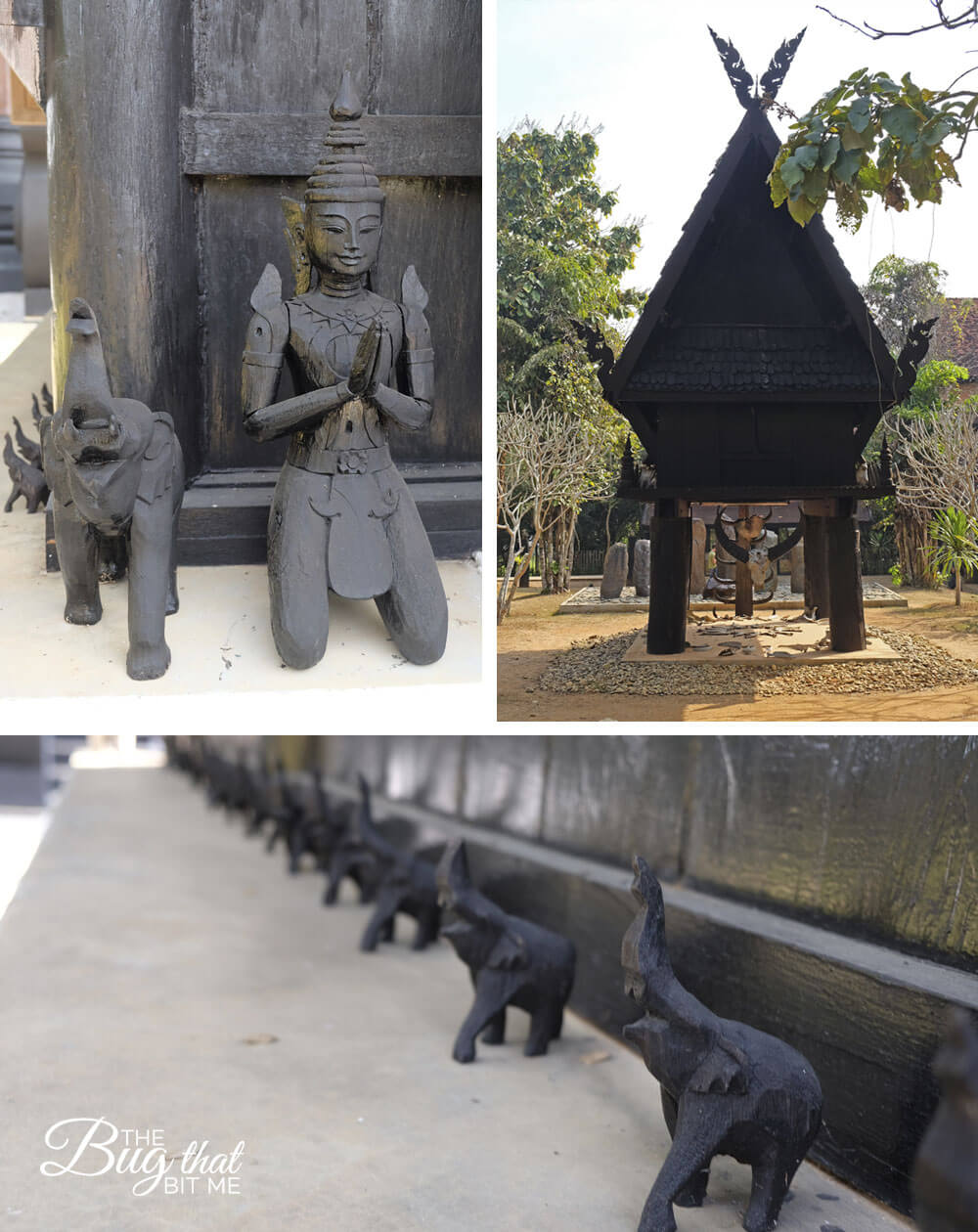
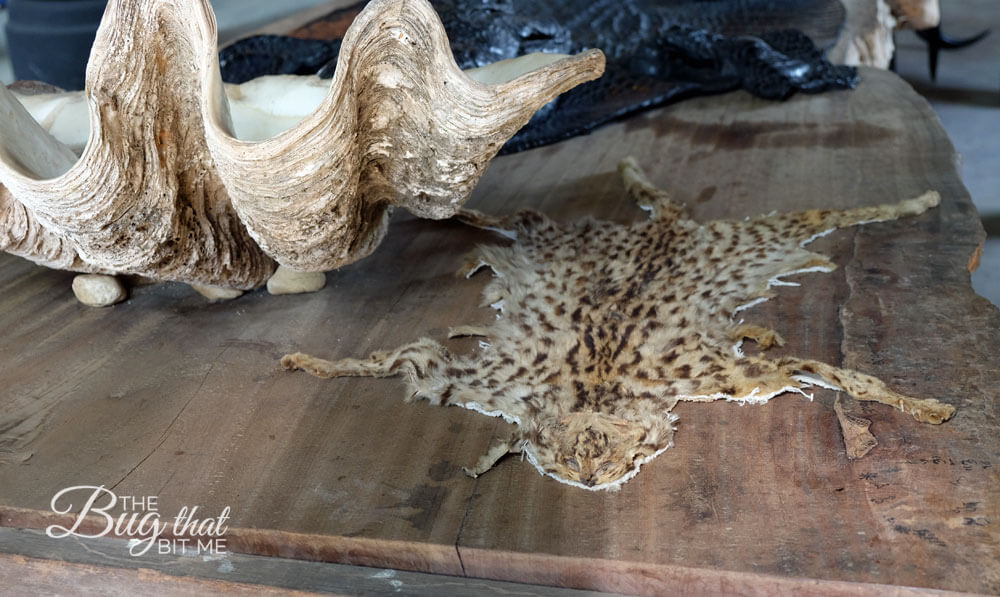
The grounds cover a pretty big area, with many structures dotting the landscape. The gardens are lush and serene and in sharp contrast to the mostly black structures. The great hall, the first building you’ll come upon, is also the largest, and it sets the tone for what’s to come. Of the other buildings, most are open to the outside, but roped off, meaning you can walk the perimeter and look inside, but not enter. Luckily they are on the small side so you can get a pretty good view of what’s going on. You’ll find things like an elephant skeleton, elaborate dining tables covered with animal skins and chairs adorned with horns and skulls, a torture chamber, and a round acoustic room surrounded with throne-like chairs.
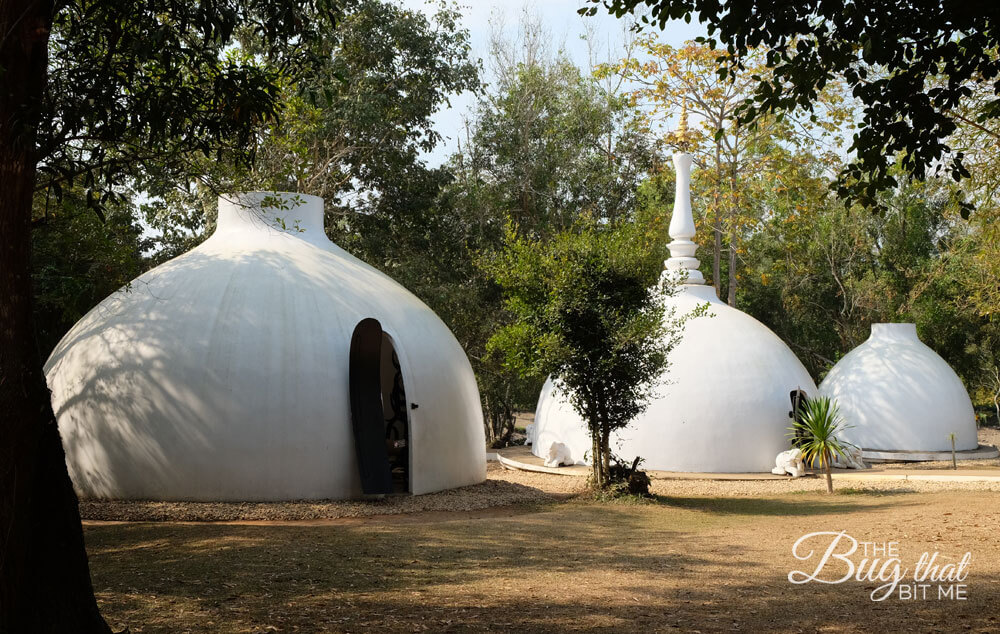
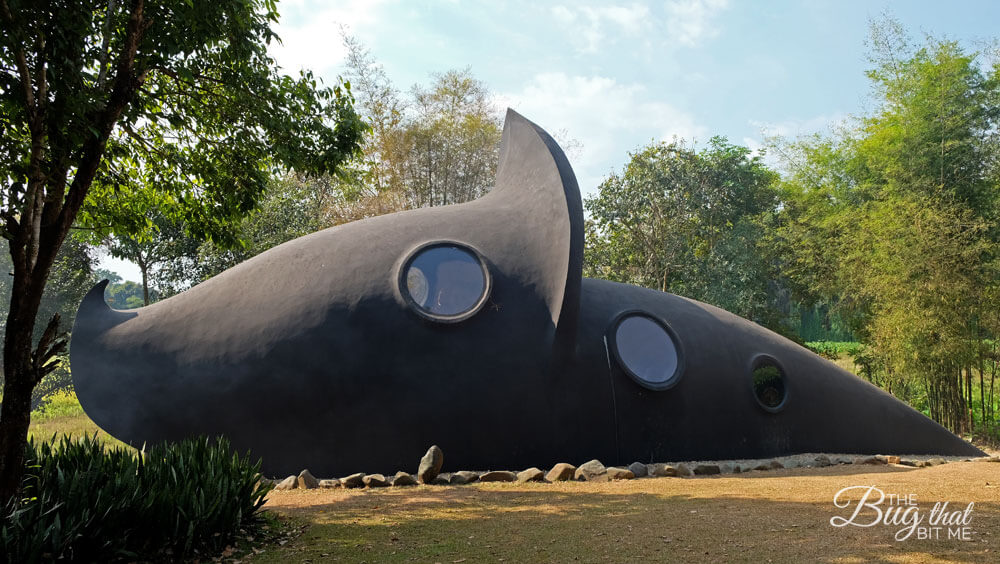
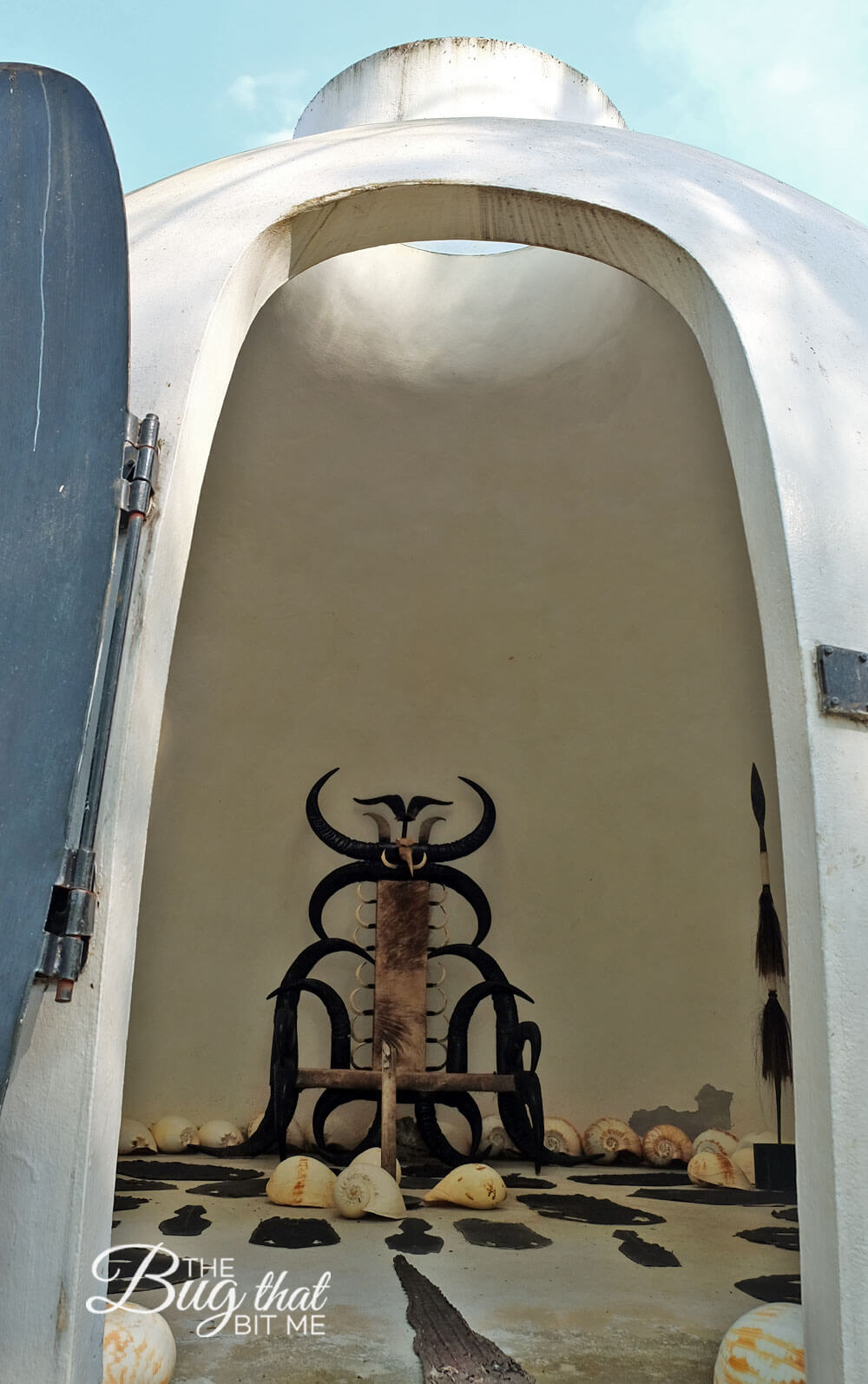
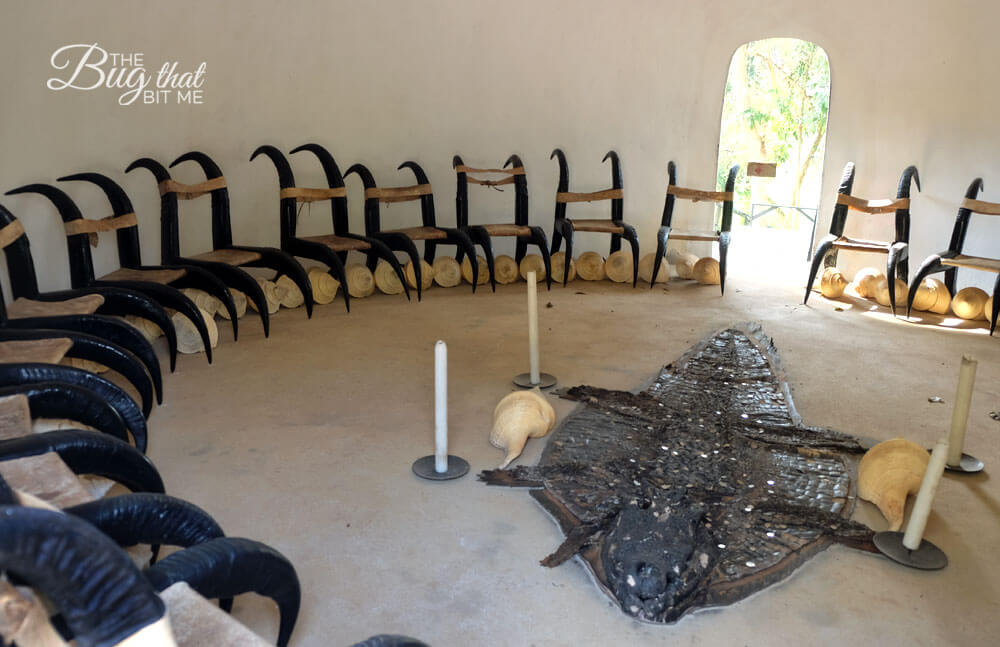
Most of the displays feature one dead animal or another. One has to wonder where all the animals came from. Supposedly all the animals died of natural causes, and certainly with handwritten signs that read, “No matter how big the cage, for any living creature it is always too small,” or “We are all animals, the only thing which makes us human is our stupidity,” one is led to believe that the artist and his estate are mindful of animal rights, but then I found cages on the site housing snakes and birds. Certainly a mixed message. Would love to hear if anyone has any insight on this. It makes you wonder if the animal remains– which include elephants, bears, pythons, alligators, moose, blowfish, various skulls, skins, horns, antlers and shells– also include poaching. Here’s to hoping not.
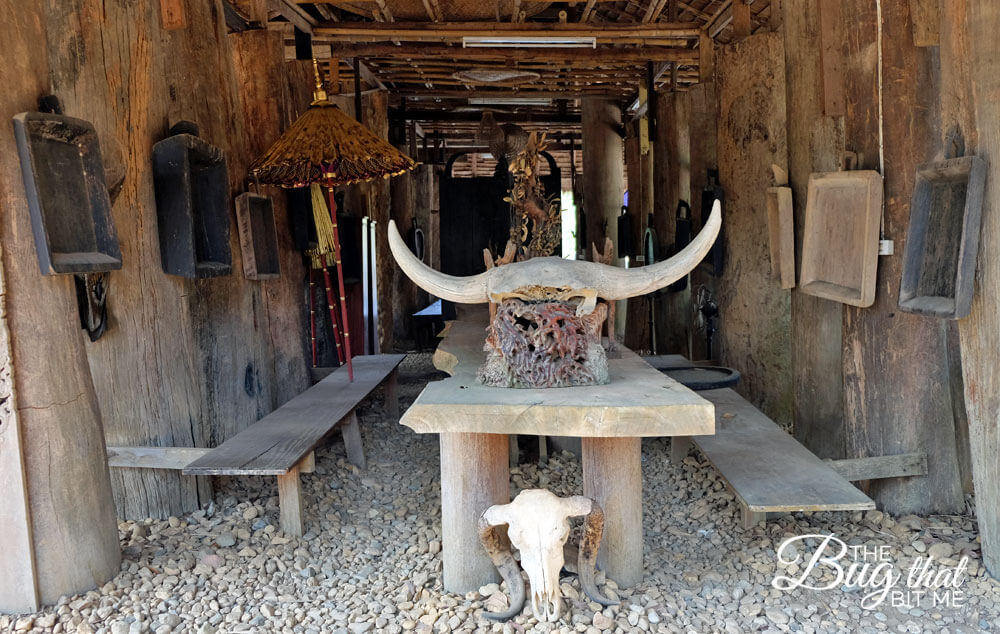
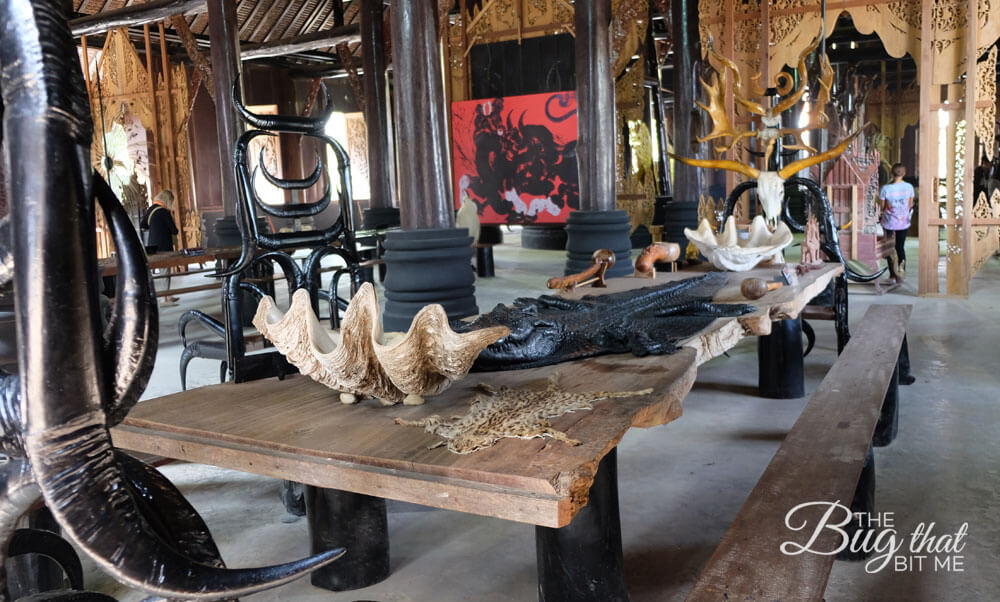
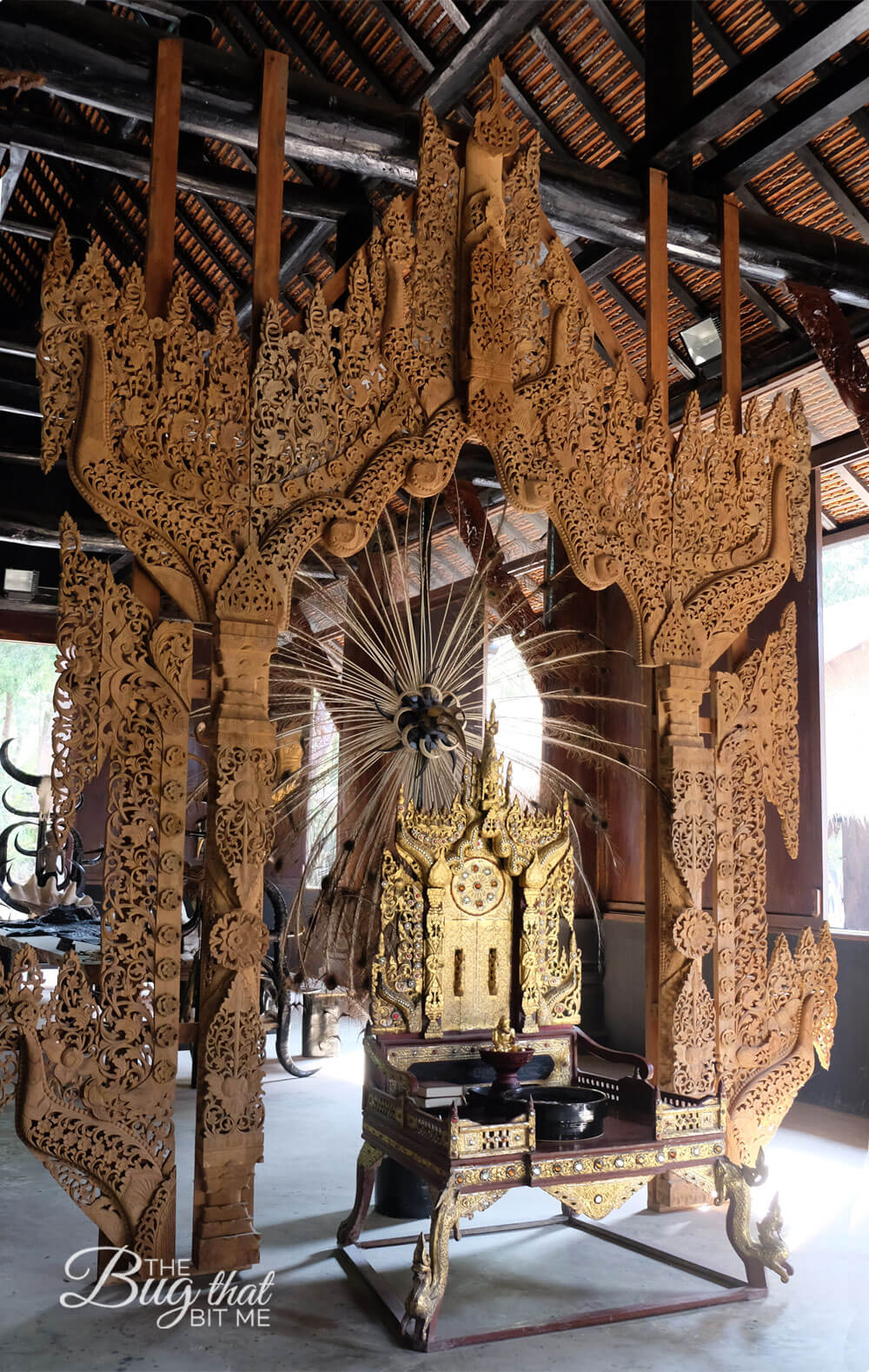
Thawan Duchanee the Artist
1939-2014. A modern Thai painter, architect and sculpture. While he was alive, Thawan Duchanee was the richest artist in Thailand. He funded his compound, which he also lived in, with his own money. A true labour of love, but also commitment to his belief. He was a devout Buddhist, despite garnering much criticism in his early career from the conservative Thai public for being blasphemous. Duchanee had the support of important Thai intellectuals, however, and quickly rose to prominence on both the Thai and international art scenes.
Baan Dam Info
Admission is free.
Hours 9:00-5:00, closed from 12:00-1:00.
Address: 414 Moo 13 Nanglae, Muang, Chiang Rai, 57100
10 km north of the Chiang Rai. There are many signs as you get close indicating the way to go.
There is also a café and art shop on the grounds.

